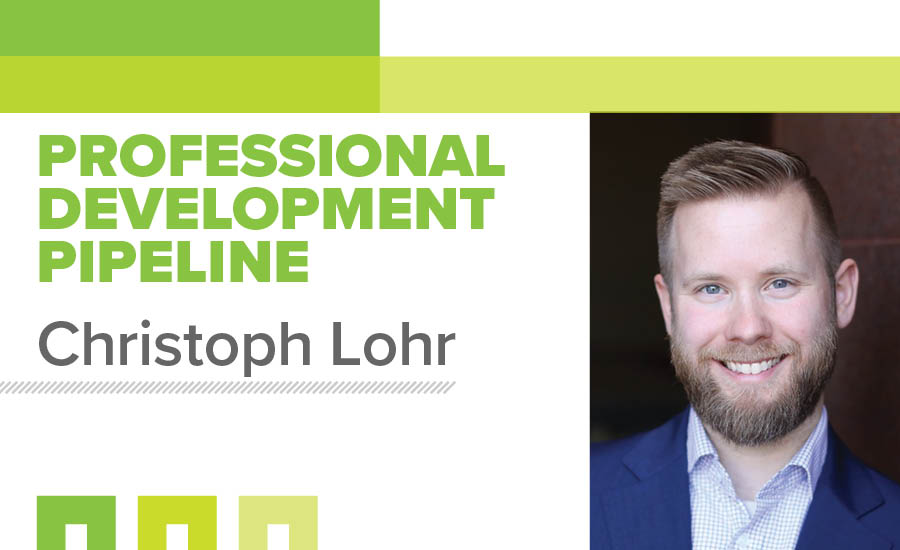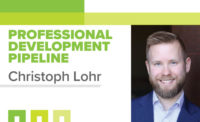In last month’s column, I wrote about how military strategy can help businesses learn to navigate the current chaotic times. This month, I’ll expand on that concept. I participated in an ASPE webinar, “Leading Through Chaos,” held June 2. The presenter was Kevin Black, an expert in “emergent leadership.” A former Army officer, a strategy and leadership consultant and member of the Forbes Coaches Council, Kevin shared some of his insights working with start-ups to large companies, like Medtronic. The webinar was excellent, and Kevin gave us a number of insights in how to lead people through times of chaos.
We began by discussing how strategy is the cornerstone of being able to lead through chaos. Two archetypes of strategy were presented. On one hand, we have the “deliberate” strategy, based on the premise that the future can be anticipated. Some characteristics are detailed planning, significant information gathering and a top-down command structure. According to Kevin, 90% of these strategies are not actualized as intended. On the other hand, we have the “emergent” strategy, based on the premise that you cannot anticipate the future. This strategic archetype demands flexibility in your approach as you work within a general framework or system to guide your company. Interestingly, it is the emergent strategy that places a premium on leadership. Specifically, it relies on situational decision-making, especially from leaders on the ground, to help drive strategy from the bottom-up.
Drawing parellels
Emergent leadership definitely has its challenges. The “fog of war” appears, widening the gap between reality and expectations and potentially distracting us from our mission. A result is “friction,” or the unwanted incidents and events that accumulate and slow us down. This often leads to people and teams become increasingly focused on their immediate surroundings, causing them to isolate or silo themselves from other teams. This is called, “fragmentation.” The more I listened, the more I could see the parallels to a battle!
How can we overcome these challenges? First and foremost, we must keep things simple by thinking in essentials. This point really stuck with me: The average person can only hold onto seven to nine distinct ideas at a given moment. Anything past that and people start mentally overload. By reducing our ideas into the core elements, Kevin said we increase the chances of people recalling what is important, especially when they might be overly distracted by the “noise” of daily activities and constant information flow.
The second take-away was, “purposeful communication.” This model of communication helps leaders encourage initiative among their people by providing a specific structure of two key elements: A simple task linked to a larger purpose. It is the latter element that enables an employee to improvise if necessary. Take the following example.
Let’s say that I work for you, and it is now time for lunch. You say to me, “Go get some Taco Bell for us.” I leave and discover that the closest Taco Bell is closed. Usually, many people will naturally call back to get further guidance. That’s because only a task has been provided. But what if you instead said, “Go get to Taco Bell so we can eat fast food for lunch.” I now understand the larger purpose and am free to make a decision based on the facts on the ground. Maybe I go to McDonalds or maybe Burger King; either way, I’ve successfully accomplished the mission without significant delay.
The light bulb went off in this moment. From now on, when giving directions, I will make sure to connect tasks to a larger purpose, and thereby help encourage initiative of those I lead. As Kevin said, purposeful communication is an incredibly important tool for us to lead teams when the “fog of war” settles in.
The webinar concluded on the importance of understanding your core behaviors. According to Kevin, behaviors describe our emotional responses to our environments. It is incredibly important to know what your default setting is so that you can better control yourself in chaotic and stressful situations. Additionally, making sure to understand the behavioral defaults of the people you are leading is equally important. If this sounds familiar, that’s because it is: I spoke about personality metrics in some of my earliest columns for this publication (check them out at www.pmengineer.com/topics/6384-christoph-lohr-professional-development-pipeline).
There were plenty more examples, history lessons and articles that Kevin cited; the above are the ones that were most impactful to me. To figure out which concept most speaks to you I can only recommend one thing: Check out the webinar!



